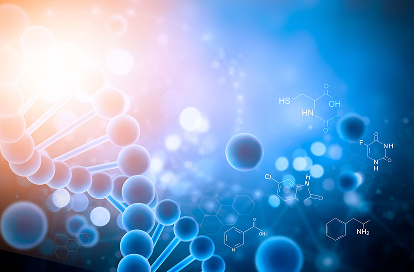Technical Summary
Chelating Complex Micelles (CCM) is a patented nanocarrier technology developed by Orginal BioMedicals. In CCM, the central metal ion forms coordination bonds simultaneously with both the drug molecules and the polymeric ligand segments. Upon administration of a specific chelating agent, the agent "seizes" the metal core, triggering controlled release of the drug. By designing the dosage and timing of metal ions and chelating agents, drug release can be accelerated, delayed, or paused—meeting clinical needs for releasing drugs "at the right time and right location."

